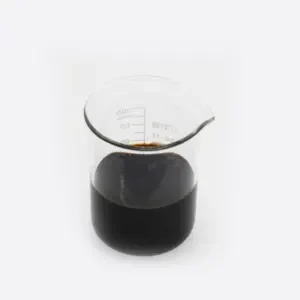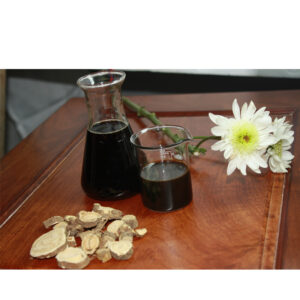Product Name: Metarhizium anisopliae (100billion CFU/g)
CAS No.: 67892-13-1
PH: 5.5-8.5
Fineness: 25mesh min
Spore germination rate: 90.0%min
Standard: GB/20287-2006
Package: 1kg/bag, 25kg/drum or according to customer’s request
Product Function
Metarhizium anisopliae, formerly known as Entomophthora anisopliae (basionym), is a fungus that grows naturally in soils throughout the world and causes disease in various insects by acting as a parasitoid. Ilya I. Mechnikov named it after the insect species from which it was originally isolated – the beetleAnisoplia austriaca. It is a mitosporic fungus with asexual reproduction, which was formerly classified in the form class Hyphomycetes of the phylum Deuteromycota (also often called Fungi Imperfecti).
Metarhizium is an insect-specific parasite that is parasitic to more than 200 species of pests such as Lepidoptera, Orthoptera, Coleoptera, and Homoptera. It can be used to control a variety of pests such as agriculture, forestry and health.
The agent is a living fungal insecticide, and the morphology of the fungus is close to that of Penicillium. Colonies are fluffy or cotton-like, initially white, green when spores are produced. The preparation is prepared by concentrating the spores and absorbing them by the adsorbent. The color of the appearance varies depending on the type of adsorbent, and the water content is less than 5%. The conidial germination rate is over 90%.
Metarhizium has a wide range of hosts, mainly used to control planthoppers, underground pests, cockroach pests, peach worms, diamondback moth, cabbage caterpillars, and aphids.
Product Application
Aphids: Effective against a variety of aphids such as planthoppers, earthworms, rice bran, and bamboo crickets. Especially for tidal flats and non-cultivated land locusts, use 10 billion spores/gram of wettable powder for 20-30 grams, spray on water, or use 50 billion spores/ml oil suspension agent 250-500 ml, or 6 billion spores/ 200-250 ml of oil suspension in milliliters, diluted 2 to 4 times with vegetable oil for ultra-low volume spray.
Qicao: The Qicao include a variety of larvae such as the northeastern black scorpion chafer, the dark scarab, and the patina. They can be applied by means of bacterium or bacterial fertilizer when cultivating peanuts and soybeans. The acre uses 2.3 billion to 2.8 billion spores/gram of powder 2 kg, and is mixed with 50 kg of fine soil or 100 kg of organic fertilizer.
Plutella xylostella and Pieris rapae: The bacteria powder is diluted with water to form a spray of 0.05 to 100 million spores per ml.
| We can also provide other plant-based pesticide products | ||
| Product name | CAS | Product name |
| Matrine 1%-98% | 519-02-8 | Bacillus subtilis |
| Rotenone 5% 40% | 83-79-4 | Bacillus licheniformis |
| Toosendanin 1% 2% | 58812-37-6 | Bacillus amyloliquefaciens |
| Stemonine 1% | Bacillus polymyxa | |
| Sanguinarine 2% 40% | 2447-54-3 | Bacillus megaterium |
| Osthole 10% 98% | 484-12-8 | Bacillus Laterosporus |
| Veratrine 1% | 8051-02-3 | Trichoderma harzianum |
| pyrethrin 25% 50% 70% | 8003-34-7 | Trichoderma viride |
| berberine hydrochloride 97% | 633-65-8 | Bacillus pumilus |
| Oxymatrine 98% | 16837-52-8 | Paecilomyces lilacinus |
| Total Matrines 70% | Bacillus mucilaginosus | |
| Emodin 98% | 518-82-1 | Beauveria bassiana |
| Physcion 10% | 521-61-9 | Metarhizium anisopliae |
| Tea Saponin 85% | Bacillus thuringiensis | |
| Celastrus angulatus 6% | Organic fertilizer starter | |
| Azadirachtin 38%-41% | 11141-17-6 | |
| Limonin | 1180-71-8 | |
| Dried pyrethrum flower | ||
| Brassinolide | 72962-43-7 | |





Reviews
There are no reviews yet.